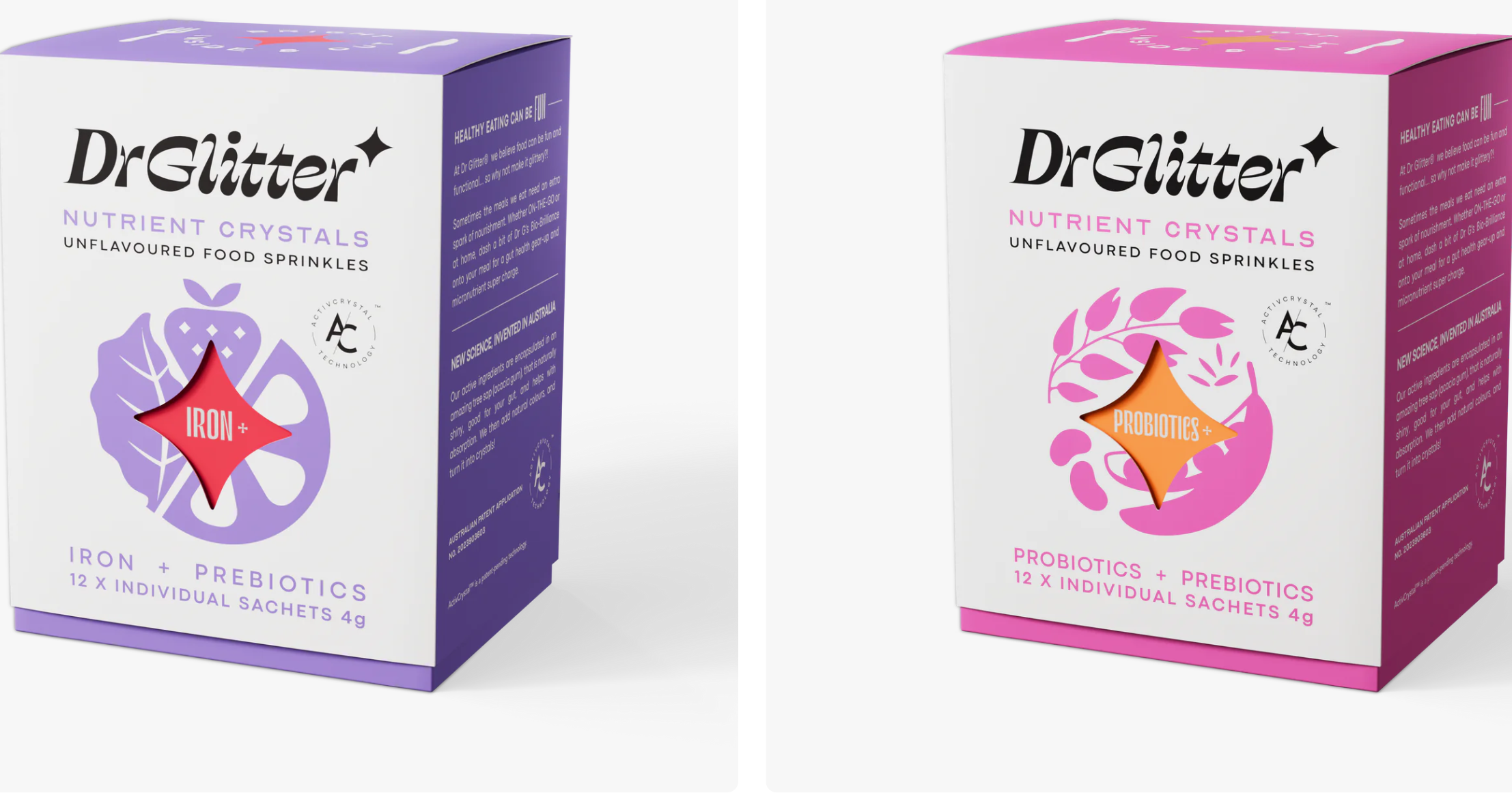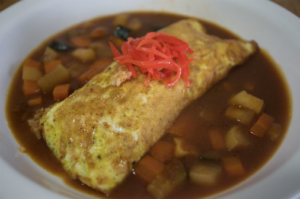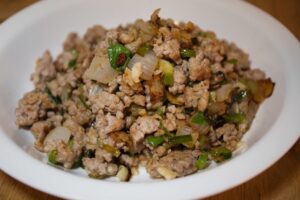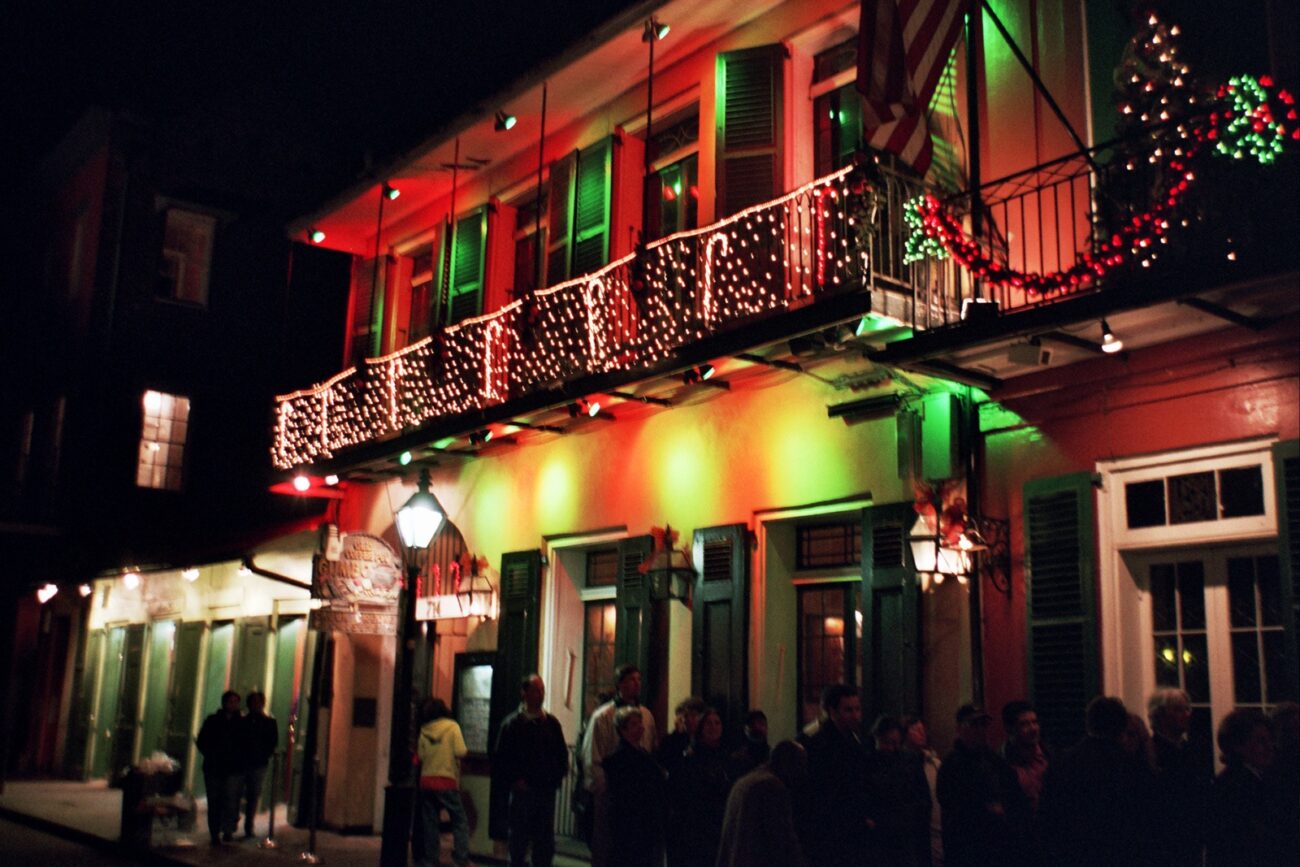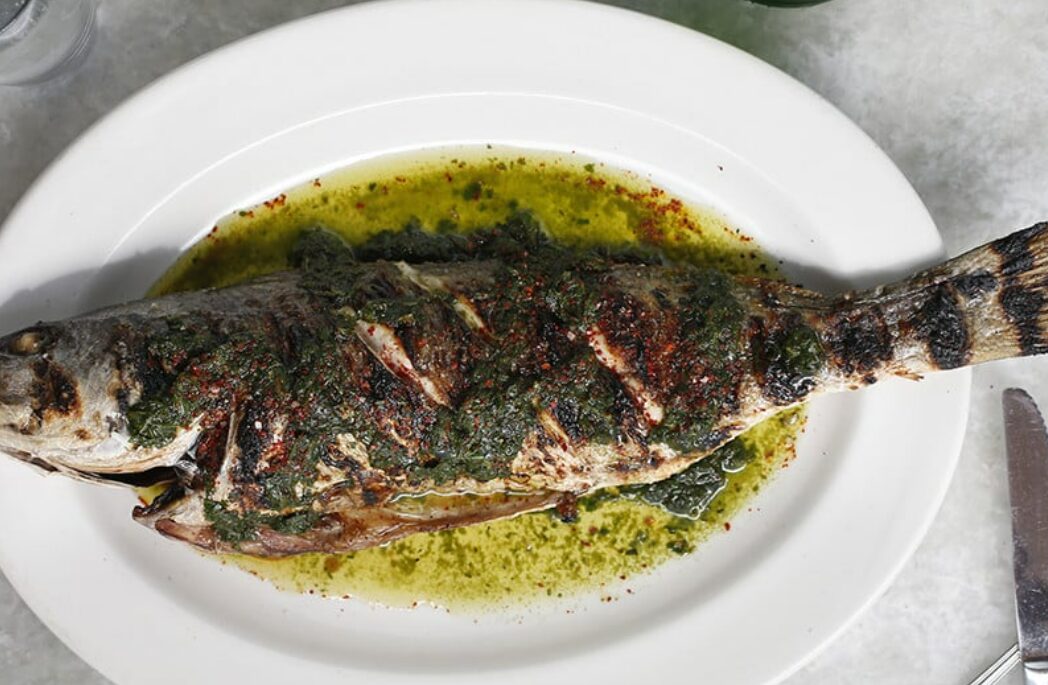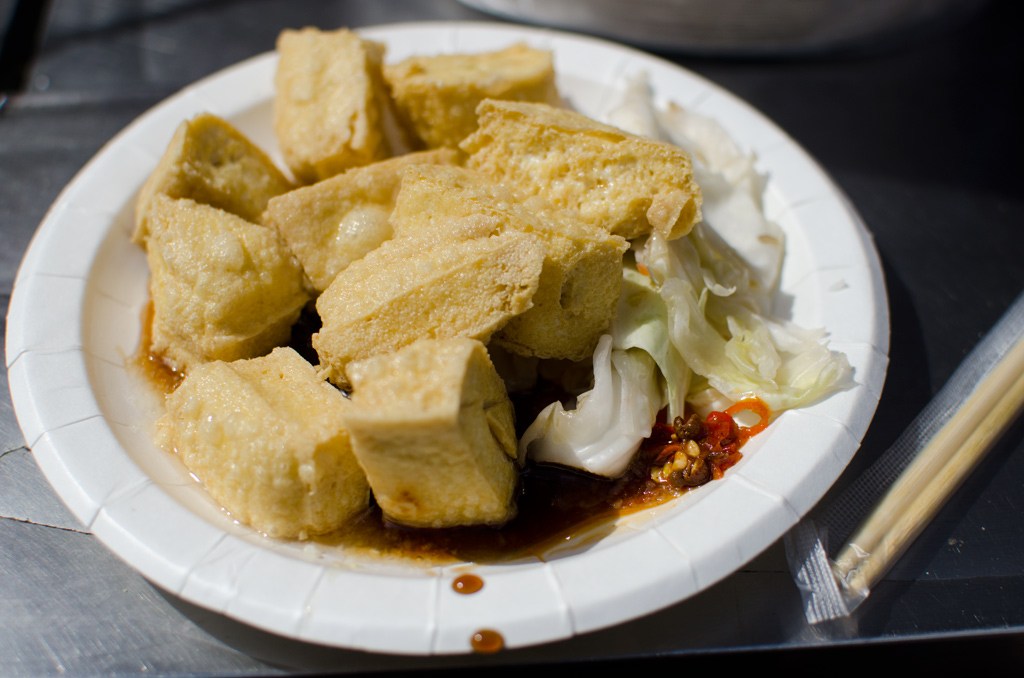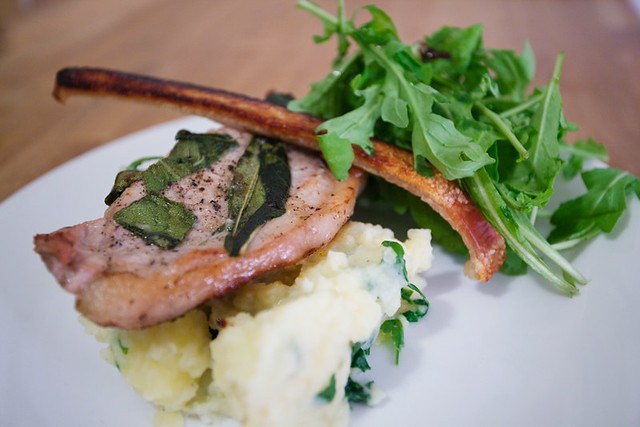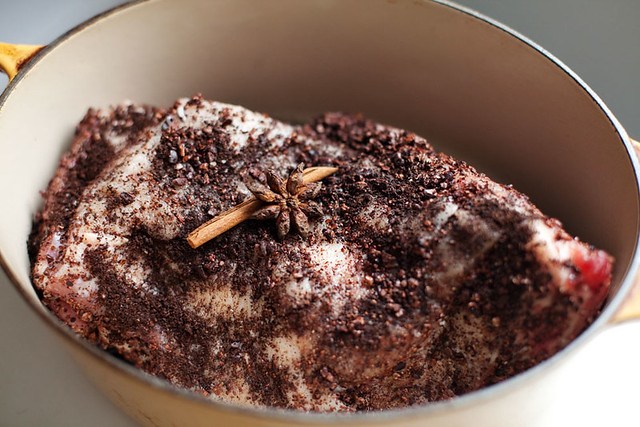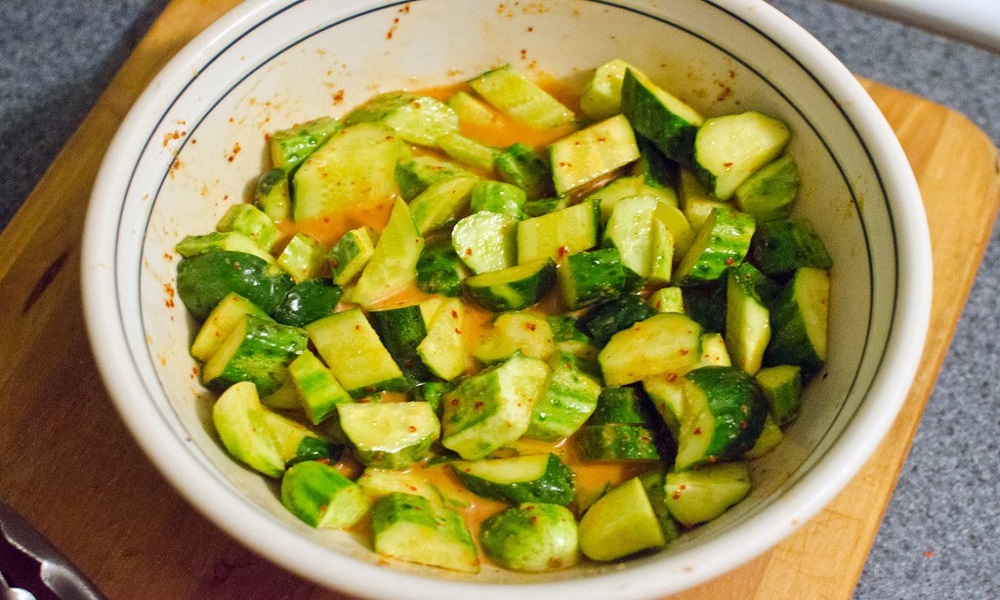Health supplements just got their most colorful makeover yet. Edible glitter supplements are transforming breakfast bowls and wellness shots into shimmering spectacles that promise both nutrition and visual delight.
These sparkly additions pack real nutritional punch. Like nutritional yeast’s rise from obscure health food to mainstream vegan staple, these glittery supplements are transforming how consumers view functional nutrition. Most contain vitamins A, B12, C, and D, plus ingredients like collagen, turmeric, or spirulina. The glitter itself comes from FDA-approved sources—mica-based pigments, edible cellulose, or naturally colored minerals that meet food safety standards.
From Ancient Palaces to Modern Wellness Cafes
What started in the gilt-edged banquet halls of Roman emperors and Mughal courts has found new life in contemporary wellness culture. The tradition of edible metals—silver varak adorning Indian sweets, gold leaf crowning medieval feast dishes—spoke to celebration and abundance across civilizations.
Modern edible glitter emerged in the early 2000s for cake decorating. The wellness application gained traction around 2021, when boutique brands began combining nutritional supplements with visual appeal. This evolution reflects a deeper cultural hunger for joy in health routines, challenging the sterile aesthetic of traditional supplements.
Key supplement varieties include:
Sparkling collagen matcha lattes Vitamin-enhanced smoothie bowl toppers Prebiotic glitter yogurt enhancers Adaptogenic shots combining turmeric, maca, and magnesium
Regional preferences tell their own stories. Korean consumers gravitate toward glitter-infused probiotics, extending their skincare philosophy to gut health. American markets favor collagen-heavy formulations that promise beauty from within. Middle Eastern brands are reviving traditional metal leaf techniques with modern safety standards, creating premium products that honor cultural heritage.
The trend gained momentum through TikTok and Instagram, where visual impact drives engagement. K-pop stars and wellness influencers promoted glitter smoothies, creating a global phenomenon that merged self-care with food aesthetics. The visual appeal aligns with research showing that anti-aging kitchen staples gain wider adoption when presented in Instagram-worthy formats rather than clinical contexts.
Safety Meets Sparkle
Dietitians take a measured approach to the trend. The glitter component offers more visual than therapeutic benefit—functional advantages depend on the actual supplement formulation underneath the shimmer.
Supplement testing has shown wide variability in nutrient concentrations across products marketed with visual appeal. The FDA issued guidance in 2023 emphasizing the need for certified edible glitter over products marked merely “non-toxic.”
Nutrition experts consistently note that visual enhancements won’t replace proper gut health fundamentals, though they may encourage supplement adherence among younger consumers.
Choosing Wisely
Smart shoppers should seek products with third-party lab testing or NSF certification. Avoid synthetic glitters that may cause gastrointestinal irritation, and remember these products work best as visual enhancers rather than primary nutrient sources.
The edible glitter supplement movement embodies a fundamental shift in wellness culture—from punishment to pleasure, from bland utility to sensory celebration. As this sparkling trend continues its global march, it challenges every preconception about what healthy living should look and feel like.


